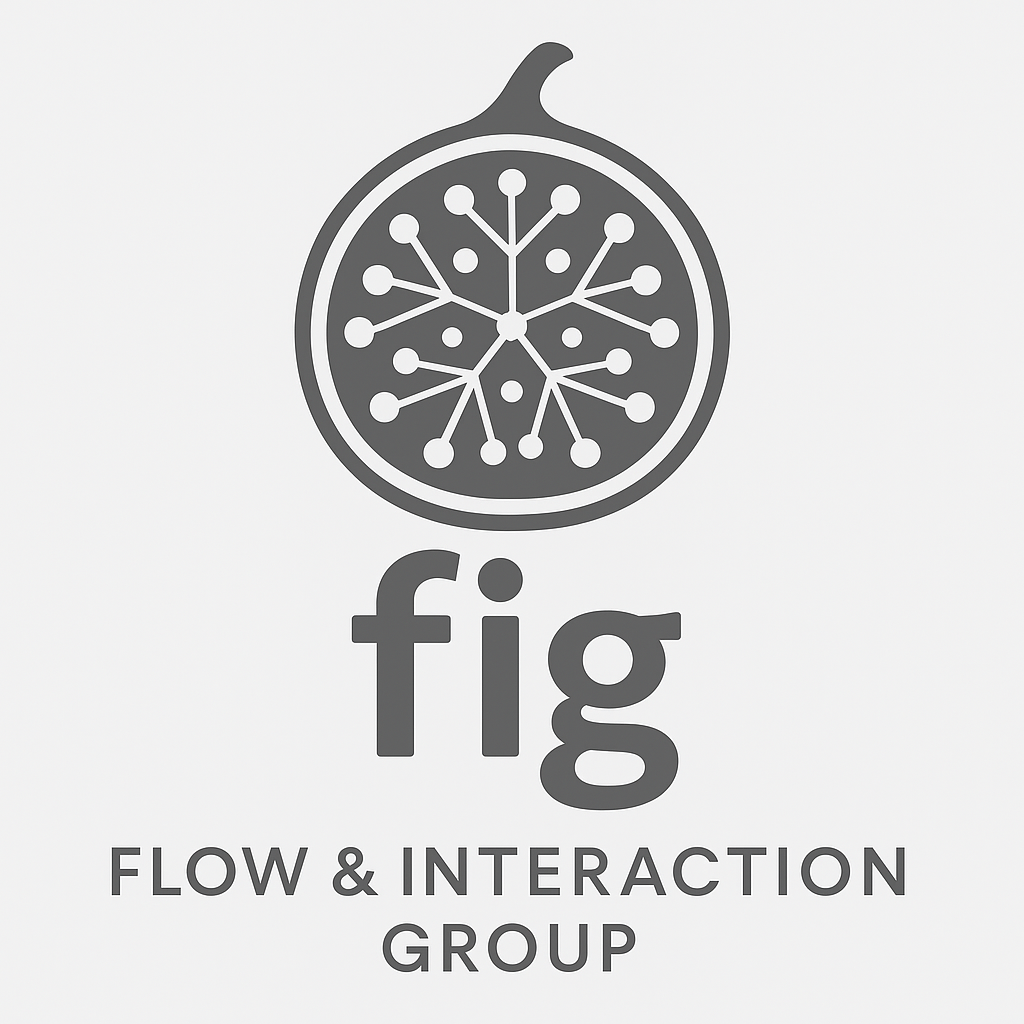Mid-air haptic rendering of 2D geometric shapes with a dynamic tactile pointer
In this video, we discuss ultrasonic mid-air haptic technology. More specifically, we illustrate how the technology uses focused, and modulated ultrasound to create tactile sensations in mid-air. Then, we introduce the concept of a dynamic tactile pointer (DTP). We also distinguish between a single-stroke, and a multi-stroke DTP. Contrasting these two novel methods of haptic rendering techniques, we illustrate how multi-stroke dynamic tactile pointers are more suitable for rendering tactile shapes in mid-air. For the purpose of the Eurohaptics 2020 demo session, we introduce SQuiz, a shape quiz, where you can try to feel the shapes and identify them at three difficulty levels, rendered in three different ways.
Transcript
Welcome to Squeeze, the demonstration on how two-dimensional geometric shapes can be rendered as tactile sensations in mid-air using a region of modulated ultrasound. We can create a tactile point in mid-air and, from this, display a variety of shapes. But what is the best method of rendering these two-dimensional shapes to attain the highest recognition accuracy?
One way of rendering 2D tactile sensations in mid-air is referred to as spatiotemporal modulation. Here, the focal point of sound pressure is moved around a path using a high rate, such as a hundred times a second. We perceive this as a static tactile outline of a path, like a cookie cutter. We can do this for any path, including a triangle or a square, but recognizing what the shape really is may be challenging.
Another way of rendering shapes is by creating a tactile point of focused sound and moving this tactile point around a path slowly, like using a brush to apply the shape. This is what we refer to as the method of rendering shapes by dynamic tactile pointer. The rate at which a complete path is rendered may be as low as a couple of seconds.
If the pointer is moved around a path continuously without any interruption, this is what we call a single-stroke dynamic tactile pointer. Shapes rendered using this method are only a little more recognizable than shapes rendered using spatiotemporal modulation.
Interestingly, if we interrupt the flow of movement of the dynamic tactile pointer at the corners of shapes, the accuracy of recognition dramatically increases. For example, inserting just a 300-millisecond-long pause at the corners of a square drawn over a period of two seconds can increase the accuracy of recognition from around 55 to 85 percent. This is what we refer to as multi-stroke dynamic tactile pointer. We believe that cognitive chunking plays a significant part in accounting for this rise. We hypothesize our brains use the individual haptic strokes in chunks to complete the tactile picture as a whole.
[Music] [Music]
Are you ready to take the challenge yourself? Join us in trying to recognize airborne tactile shapes in Squeeze. Your task is to identify the correct order of five randomly presented tactile trials. Try the easy, medium, or difficult levels and see how many of 15 points you can collect. We look forward to seeing you there.

